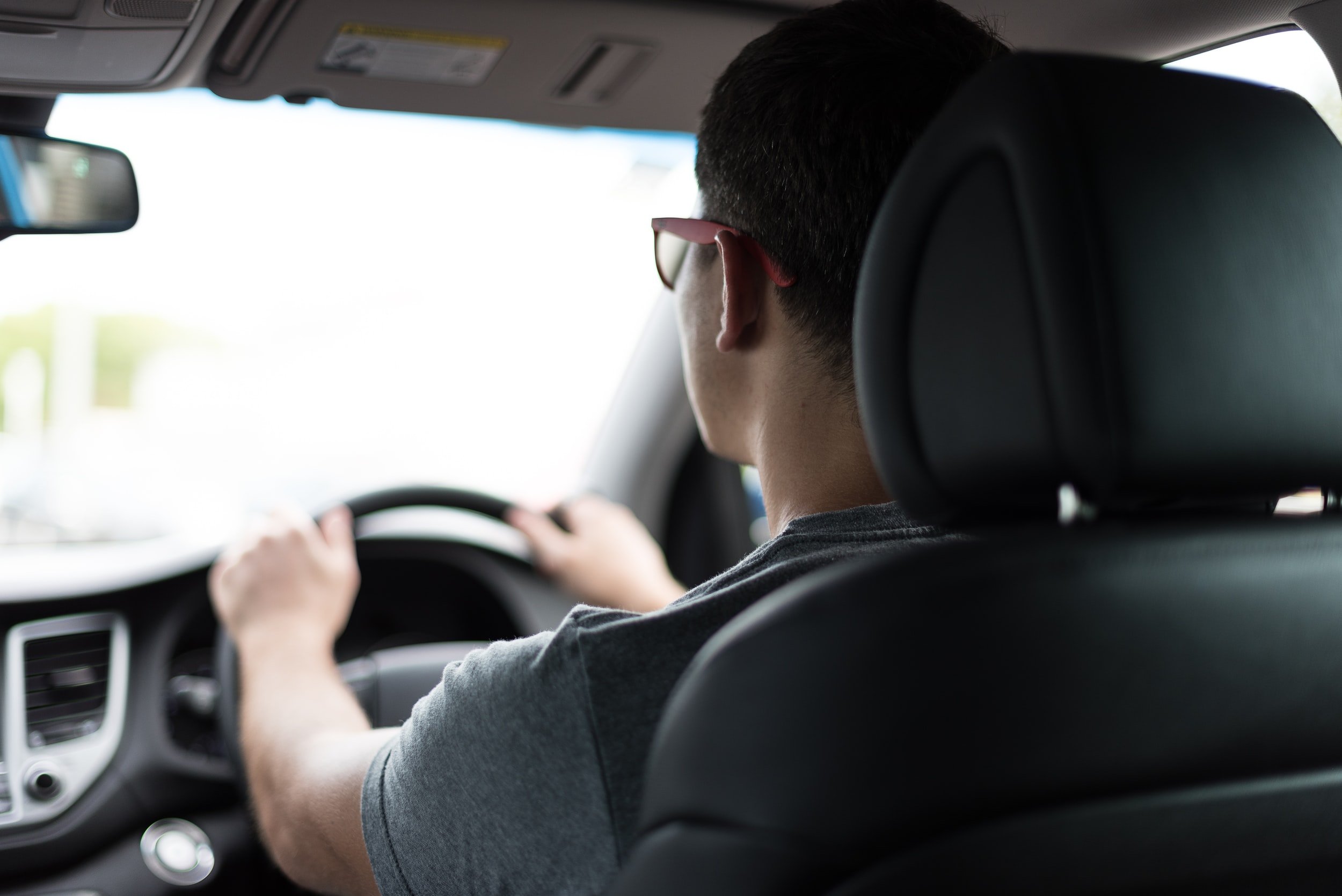Driving Doesn't Have to be a Pain in the Neck | Neck and Back Support for Driving
Have you ever experienced neck pain while driving? More often than not, sitting still in a car for too long can result in crippling back pain, either in your lower back, between the shoulder blades or at the base of the neck. Sitting, even in the best posture possible, places significant stress on your spine, so it is vital that you get it right, as a poor sitting posture places significant load through our discs and joints (something we all already know). These days, car seats are much more adjustable, so you may find it well worth your while to familiarize yourself with the optimum sitting position before going on any car journeys to find the perfect back support for driving.
THE BEST POSTURE FOR DRIVING:
There are many varied opinions out in the literature about the optimum driving position; however I prefer a more moderate approach. Too upright, and you may end up in severe discomfort. Leaning too far back (and therefore slumped when you have to reach forward to the steering wheel) puts severe stress throughout the lower discs in our back. Also bear in mind that the vibration of a vehicle (much worse in buses and trucks) strains your lower back discs as well, contributing to them dehydrating (degenerating) more rapidly. Therefore, vibration and slumped sitting postures takes the level of stress in our poor discs to a new extreme, leading to earlier degeneration which contributes to back stiffness, pain and even leg pain/numbness. If you aren't lucky enough to have an inflatable lumbar support in your car seat back, I recommend you put a D-roll or another external support in to help maintain a healthy curve in your lower back for optimal back support for driving. Once the bottom of your back is held in proper alignment (by the lumbar support) the rest of your spine is now sitting balanced and aligned on top.
HOW TO AVOID BACK AND NECK PAIN WHILE DRIVING:
As mentioned above, the key thing to do is maintain a healthy lower back curve.
Maintaining this curve can difficult without support, as the muscles holding you in this position can get fatigued (which happens even quicker with all the vibration).
Use a support cushion to hold you up, so your spine is in a healthy "S-shape"
This also prevents your spine from slumping into the damaging "C-shape" that puts so much load through your discs.
Call us now for a free phone consultation and start moving!
-
In order to have good back support for driving, it is important that you keep your back in an S-shape rather than a slouched C-shape. This will take the load off your back discs therefore decreasing stress in your back and neck areas.
-
A back brace or any form of lumbar support can be very helpful tools if you’re looking for back support for driving or to decrease neck pain while driving.
-
In order to prevent back pain when driving try to maintain your posture in an S-shaped position rather than a C-shaped position which will maintain a healthy lower back curve. Since it can be difficult to hold this type of position for prolonged periods of time, it is recommended that you use support cushions.
-
If your lower back is hurting while you drive, it is likely due to the fact that your lower back is not being supported properly. Slouching over or leaning too far back puts your body in a position where your discs are under stress.

